When it comes to preserving food, freezing is a go-to method for many. It’s convenient, efficient, and can maintain the nutritional value of foods for extended periods. However, not all foods are suitable for this cold storage method. Freezing can alter the taste, texture, and overall quality of certain items, leading to disappointing results when thawed. This article delves into the specifics of why some foods you should never keep frozen. Understanding these nuances ensures that your meals remain delicious and your ingredients retain their intended quality.
Contents
Dairy Products And Produce: Compromised Taste
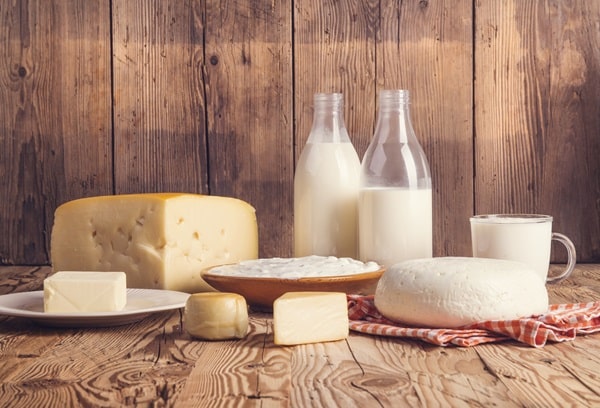
Dairy products often fall victim to the harsh conditions of freezing. Take milk, for instance. When frozen, the fat separates from the liquid, resulting in a grainy texture and an unappealing layer of fat upon thawing. This separation can ruin the smooth consistency milk is known for, making it less desirable for consumption or use in recipes. Similarly, cheese faces its own set of challenges in the freezer. While hard cheeses can endure freezing to some extent, softer varieties tend to become crumbly and dry. The delicate fat and moisture balance in cheeses like brie or ricotta is disrupted, leading to a compromised texture and diminished flavor.
Fresh produce is another category that often doesn’t fare well in the freezer. Leafy greens, for instance, become wilted and soggy when thawed, losing their crispness and fresh appeal. This is due to the high water content in these vegetables, which forms ice crystals that rupture cell walls during freezing. As a result, what was once a vibrant, crunchy salad ingredient turns into a limp, unappetizing mass. Cucumbers and tomatoes share a similar fate. Known for their refreshing texture, these vegetables turn mushy and waterlogged after freezing. The ice crystals that form inside disrupt their firm structure, making them unsuitable for dishes where texture is key, like salads or sandwiches.
Condiments And Sauces: Consistency Issues
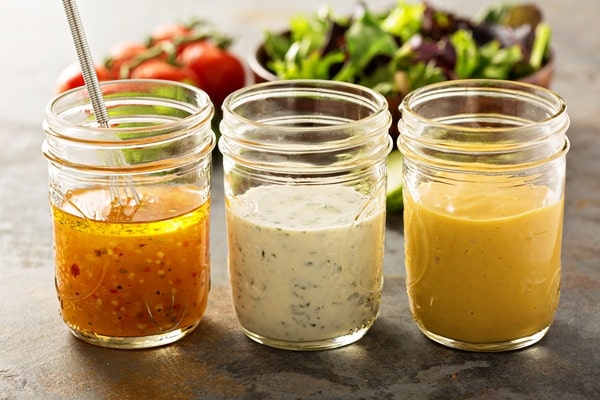
The freezer can be unkind to certain condiments and sauces, particularly those that are emulsion-based. Mayonnaise, for example, is notorious for separating and becoming curdled when frozen. This is due to the disruption of the delicate emulsion of oil and egg yolk. The once smooth and creamy condiment turns into a grainy, separated mixture that’s far from appetizing. Cream-based sauces face a similar dilemma. Freezing can cause them to split, losing their velvety texture and rich flavor. This change not only affects their appearance but also impacts their ability to complement dishes as they were intended.
Salad dressings, especially those that are oil and vinegar-based, also suffer in the freezer. The freezing process breaks down the emulsion, leading to a separated and inconsistent texture. This means that the once perfectly blended dressing will require vigorous shaking or stirring to come together again, often without returning to its original state. The breakdown of these emulsions not only affects the texture but can also alter the flavor, making the dressing less appealing to use on salads or as marinades.
Starchy Foods: Altered Texture And Moisture Content
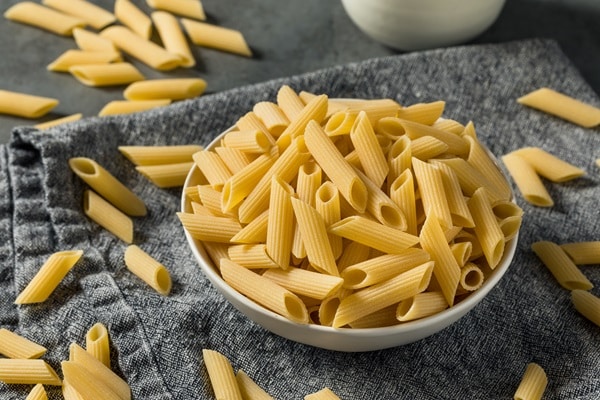
Cooked pasta and rice are staples in many kitchens, but they don’t respond well to freezing. When frozen, these starchy foods tend to become mushy and lose their distinct texture. This is because the freezing process causes the starch granules to absorb water and swell, leading to a soft, unappealing consistency upon thawing. This texture change can ruin dishes where the integrity of the pasta or rice is crucial, such as in salads or stir-fries. Additionally, reheating these foods can further exacerbate the mushiness, making them even less enjoyable to eat.
Bread, another common starchy food, also faces challenges in the freezer. While it’s true that bread can be frozen to extend its shelf life, the process must be done correctly to avoid negative outcomes. If not properly wrapped and sealed, bread can dry out in the freezer, losing its moisture and becoming stale. Conversely, if bread is stored in a moist environment within the freezer, it can become too soggy upon thawing. This balance is crucial for maintaining the bread’s original texture and flavor, making it essential to follow proper freezing techniques for this everyday staple.
Eggs And Egg-Based Dishes: Safety Concerns
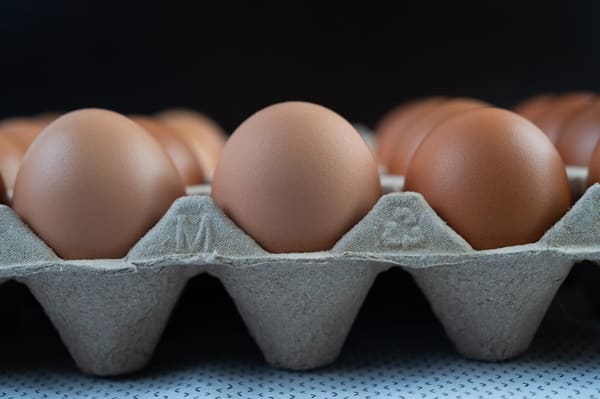
Eggs, a kitchen staple, present unique challenges when frozen. Whole eggs, for instance, should never be frozen in their shells. The liquid inside expands when frozen, often leading to cracked shells and potential bacterial contamination. Even when eggs are cracked and their contents frozen, the texture changes significantly upon thawing, making them unsuitable for recipes where the egg’s structure is important, such as in baking or as a binding agent. Egg-based dishes like quiches and custards also suffer in the freezer. The delicate balance of texture in these dishes is easily disrupted, leading to water separation and a rubbery consistency that detracts from their original, creamy appeal.
The freezing process is particularly unforgiving to the subtle textures of egg-based dishes. Quiches and custards, when frozen, often emerge with a watery, separated layer, which ruins their smooth, custard-like quality. This separation is a result of the egg proteins contracting and squeezing out water. Additionally, dishes like meringues and soufflés, which rely on the airiness of whipped eggs, will collapse and become dense if frozen. This change not only affects their texture but also diminishes the overall taste experience, making freezing a poor choice for preserving these delicate egg-based creations.
Desserts And Sweets: Compromised Quality
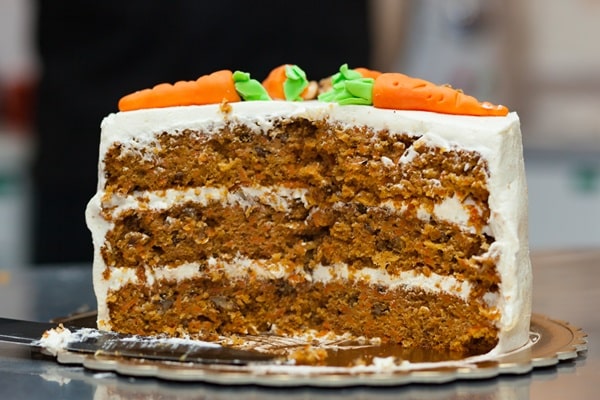
Freezing can be detrimental to the quality of certain desserts and sweets. Cream-based desserts, such as custards or whipped cream toppings, are particularly vulnerable. The freezing process causes the water in these desserts to form ice crystals, leading to a grainy texture upon thawing. This change can ruin the smooth, luxurious mouthfeel that is characteristic of these desserts. Similarly, frosted cakes and pastries face challenges in the freezer. The frosting, especially if it’s cream or custard-based, can separate and become grainy. Additionally, the cake or pastry itself can absorb moisture from the frosting, leading to a soggy texture that diminishes the overall eating experience.
Frosted cakes and pastries also suffer aesthetically when frozen. The frosting, once vibrant and fluffy, can become dull and lose its shape. This is particularly true for delicate decorations made from buttercream or whipped cream. Furthermore, the freezing and thawing process can cause condensation to form on the surface of these desserts, leading to a wet, unappealing appearance. For sweets that rely on crisp textures, like certain cookies or meringues, freezing can make them chewy or stale. This change in texture can significantly detract from the enjoyment of these treats, making freezing a less than ideal preservation method for many types of desserts and sweets.
Beverages: Expansion And Flavor Loss
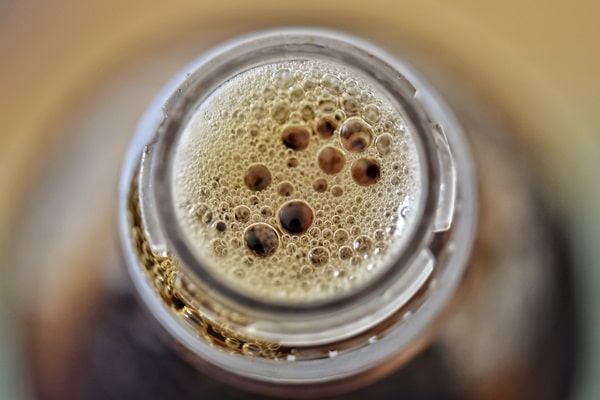
When it comes to freezing beverages, there are several factors to consider. Carbonated drinks, for example, are a poor choice for freezing. The expansion that occurs when liquids freeze can cause cans or bottles to burst, creating a mess in your freezer. Even if the container doesn’t burst, the thawing process often results in a flat, flavorless drink. The delicate balance of carbonation is lost, leaving you with a beverage that lacks its original zest. Similarly, freezing coffee or tea can lead to a loss of the subtle flavors and aromas that make these drinks enjoyable. The complex compounds that give coffee and tea their unique tastes are sensitive to temperature changes, and freezing can alter these nuances, resulting in a less flavorful drink.
Freezing also affects the quality of homemade beverages like smoothies or juices. While it might seem convenient to freeze these for later use, the thawing process can separate the ingredients, leading to an inconsistent texture and flavor. The fresh, vibrant taste of a freshly made smoothie or juice is often lost when frozen and thawed. Additionally, alcoholic beverages should generally not be frozen. While high-proof spirits can withstand freezing temperatures without freezing solid, the freezing process can dull the flavors. For wine and beer, freezing is particularly damaging. It can cause the separation of components in wine and the loss of carbonation in beer, significantly impacting their quality and taste.
Freeze Wisely For Better Meals
While freezing is an incredibly useful tool for food preservation, it’s important to recognize its limitations. Certain foods and beverages simply do not fare well under freezing conditions, often undergoing undesirable changes in texture, flavor, or safety. By understanding which items to keep out of the freezer, you can ensure that your meals and drinks maintain their intended quality and taste. Remember, the key to successful food preservation lies not only in how you store your food but also in knowing what should and should not be frozen. With this knowledge, you can make informed decisions in your kitchen, leading to better food quality and overall satisfaction.


